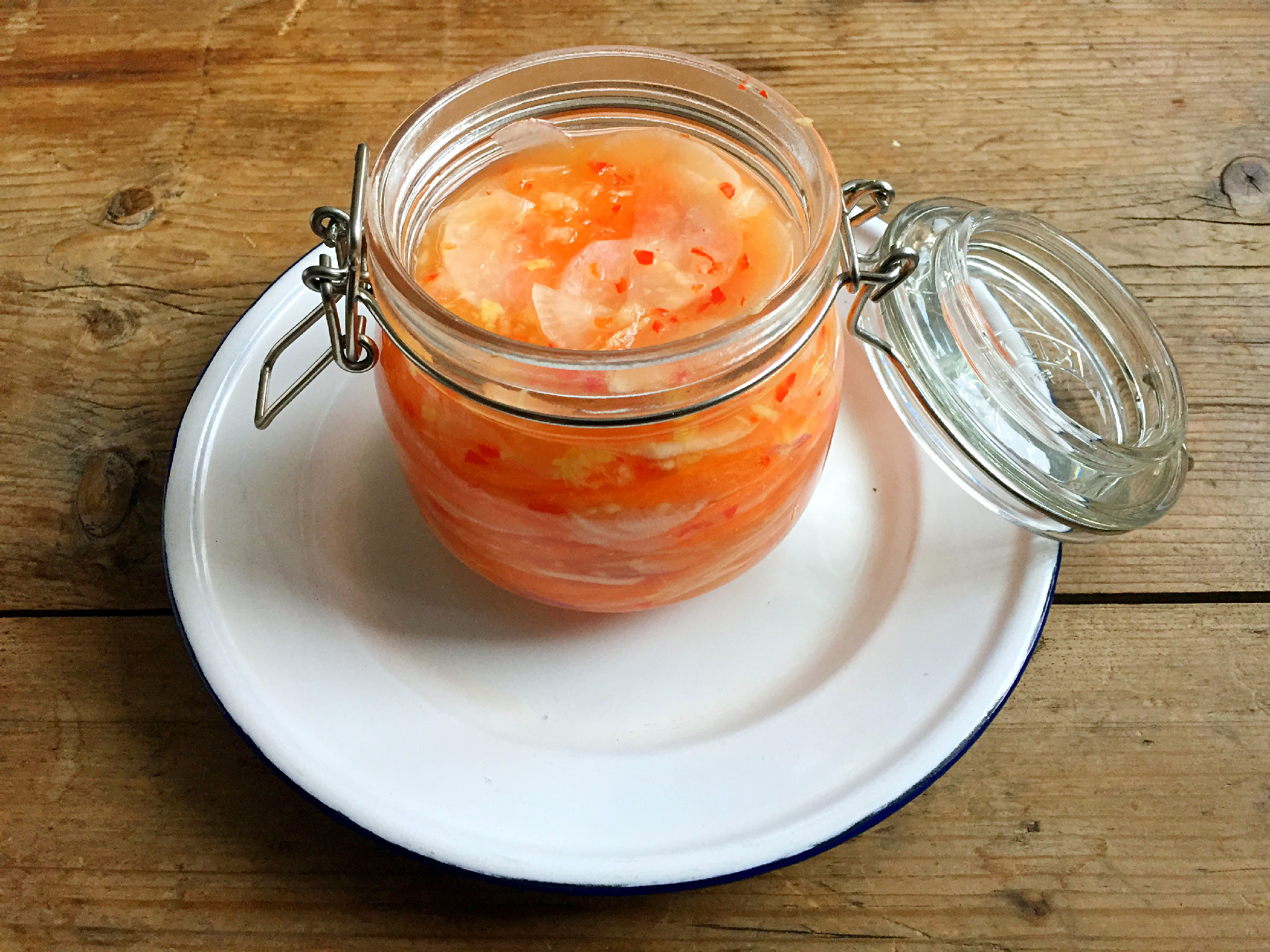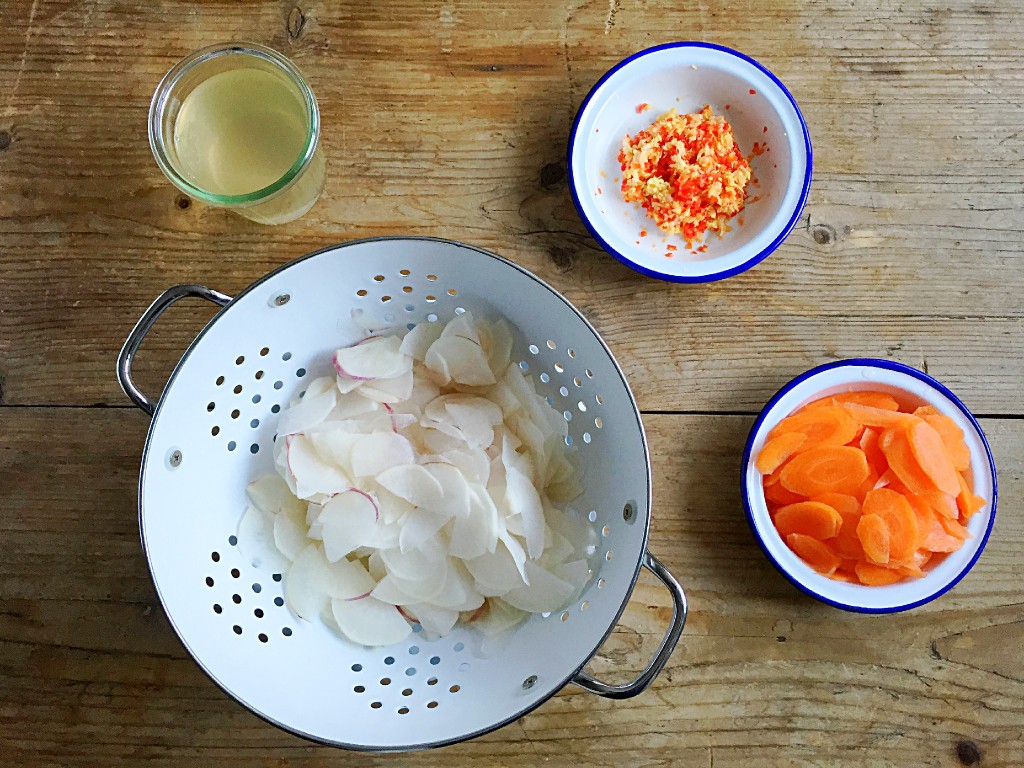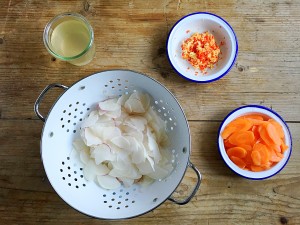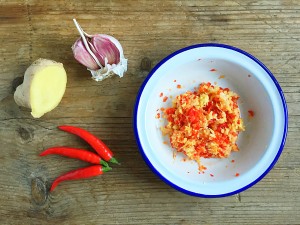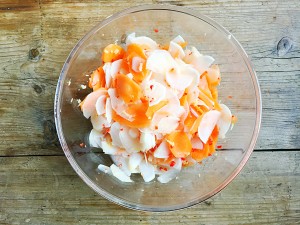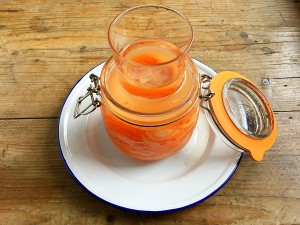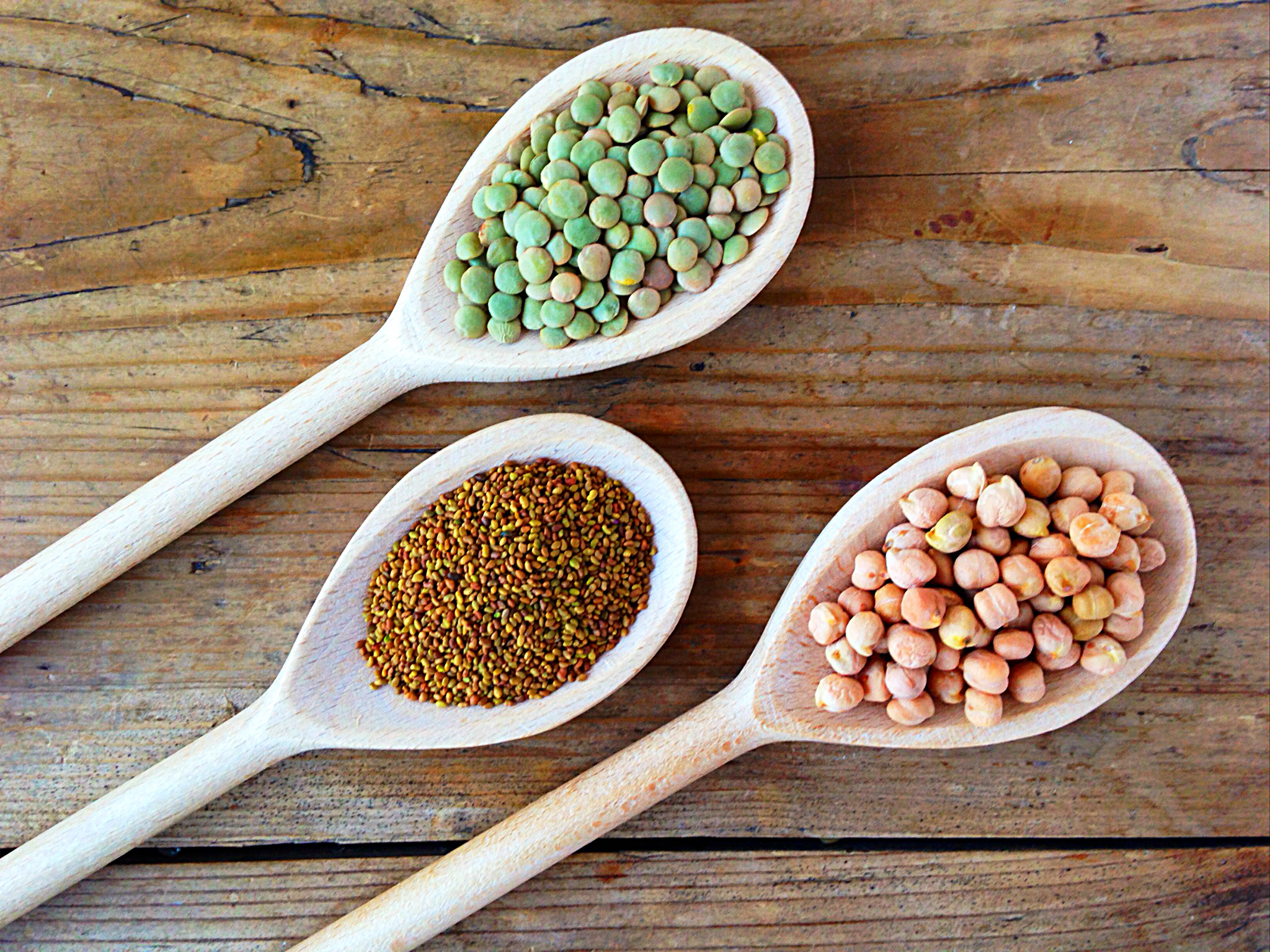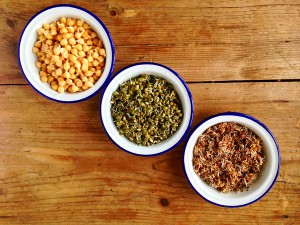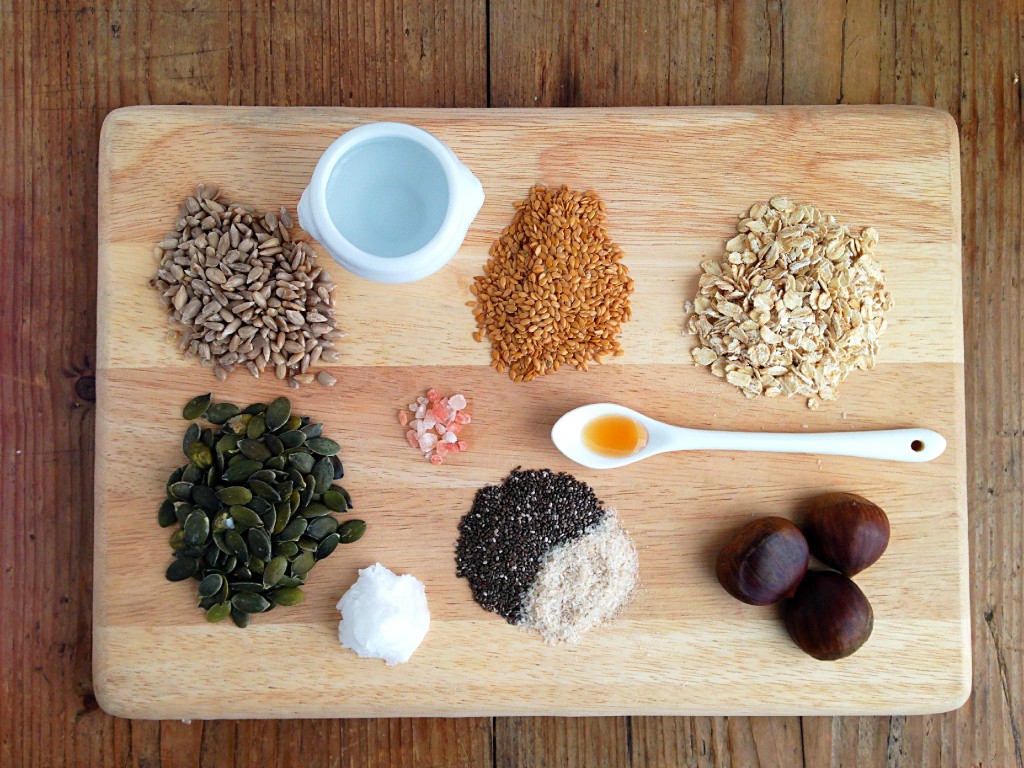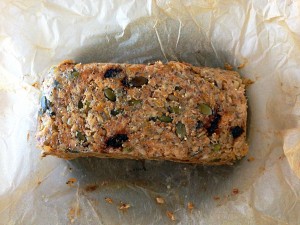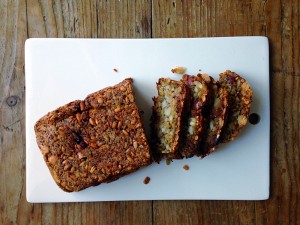April is always a bit of an ‘on/off’ month, it feels like nature is going through rehearsals in preparation of the great summer performance. Despite the cold, I love this time of the year with longer light filled days , blossoming trees and little tender… Read more
 Cauliflower rice mushroom & asparagus risotto with macadamia cheese
Cauliflower rice mushroom & asparagus risotto with macadamia cheese
Ingredients- Serves: 3-4
1 large head cauliflower, chopped into smaller pieces
400 ml of chicken or vegetable broth
2 -3 tbsp of dried porcini mushrooms
400 g of cremini mushrooms- sliced
200 g of green asparagus
2 cloves of garlic, finely chopped
1-2 medium sized shallot finely chopped
1 tbsp coconut oil, ghee or butter for those who can tolerate it
1 tbsp ghee, butter or cold presser olive oil
1 bunch of fresh flat leaf parsley- finely chopped
3-4 twigs of thyme ( optional)
1-2 tbsp fresh lemon juice
150g of rocket
Himalayan or sea salt and freshly ground pepper
Macadamia cheese
1 cup of macadamia nuts
1-2 tbsp of nutritional yeast
Method:
Start preparing the stock in a pot with boiling water, add the Porcini mushrooms, stir well and simmer for 10-15 minutes.
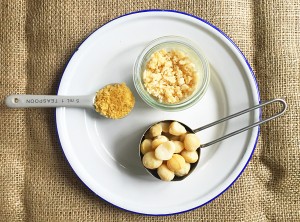
For the macadamia cheese you will need an electric or manual coffee & spice grinder. Simply transfer nuts and nutritional yeast into the grinder and grind until you get a grated Parmesan like texture. For a more cheesy flavour add more nutritional yeast. Transfer the mix into a glass jar, close the lid tightly and store in the fridge.
Wash rocket and leave to dry in a sift. Next, finely chop garlic and shallots, then wash and finely chop parsley and set aside in separate bowls.
The vegetables are best all prepared in advance, so they are ready to be used for each step. The easiest way to do this is to have a bowl ready for each vegetable and herb to keep them separate and ready to go. For the cauliflower, remove the big green outer leaves, then cut the whole head (including the middle stalk) into smaller similar size pieces, wash, drain and set aside. Next, wash and cut asparagus into 1 inch pieces (cutting off any dry ends first), then wash the mushrooms and depending on size just slice and for bigger mushrooms cut into quarters before slicing and set aside.
Now melt ghee or coconut oil at medium heat in a medium sized frying pan, add shallots and garlic and sauté until soft and lightly browned, then add the mushrooms. Keep stirring until mushrooms start producing a lovely and fragrant juice. Now add 1-2 cups of parsley and the freshly washed twigs and leaves of thyme, sauté for a couple of minutes, then add a squeeze of lemon juice and salt and pepper for taste, turn up the heat one more time ,cook for 1 minute before taking it off the hob, cover and set aside.
Next, blitz 1/2 the cauliflower pieces in a food processor until you get a rice like consistency, transfer into a big bowl before blitzing the remaining cauliflower pieces. Raw cauliflower rice is ideal for freezing, so if you feel you have too much, simply transfer into a jar and put in the freezer for your next risotto.
Re-heat the stock, you can either leave the dried and now soaked mushrooms whole or take them out to cut them into smaller pieces and return them to the stock. Once the stock has come to a boil, add the cauliflower and asparagus and simmer at a lower heat for 5 minutes, the texture should remain slightly crunchy.
Drain off any excess stock, but leave enough to give some moisture to the dish. Keep the excess stock in a jar, it can be added to the risotto if needs be or kept for the next day. Then transfer the mushroom mix to the hot cauliflower and asparagus, add a tbsp of ghee, butter or olive oil, mix carefully and simmer for another 1 minute , so everything is nice and hot. Season with salt and pepper to taste and add more parsley if desired.
To serve start with a bed of rocket on each plate, scoop the cauliflower mushrooms and asparagus risotto on top and garish with parsley, thyme and macadamia or Parmesan cheese. I love a side of purple sprouting broccoli with melted ghee and a pinch of Himalayan or sea salt to go with this dish.
Bon Appetite !!

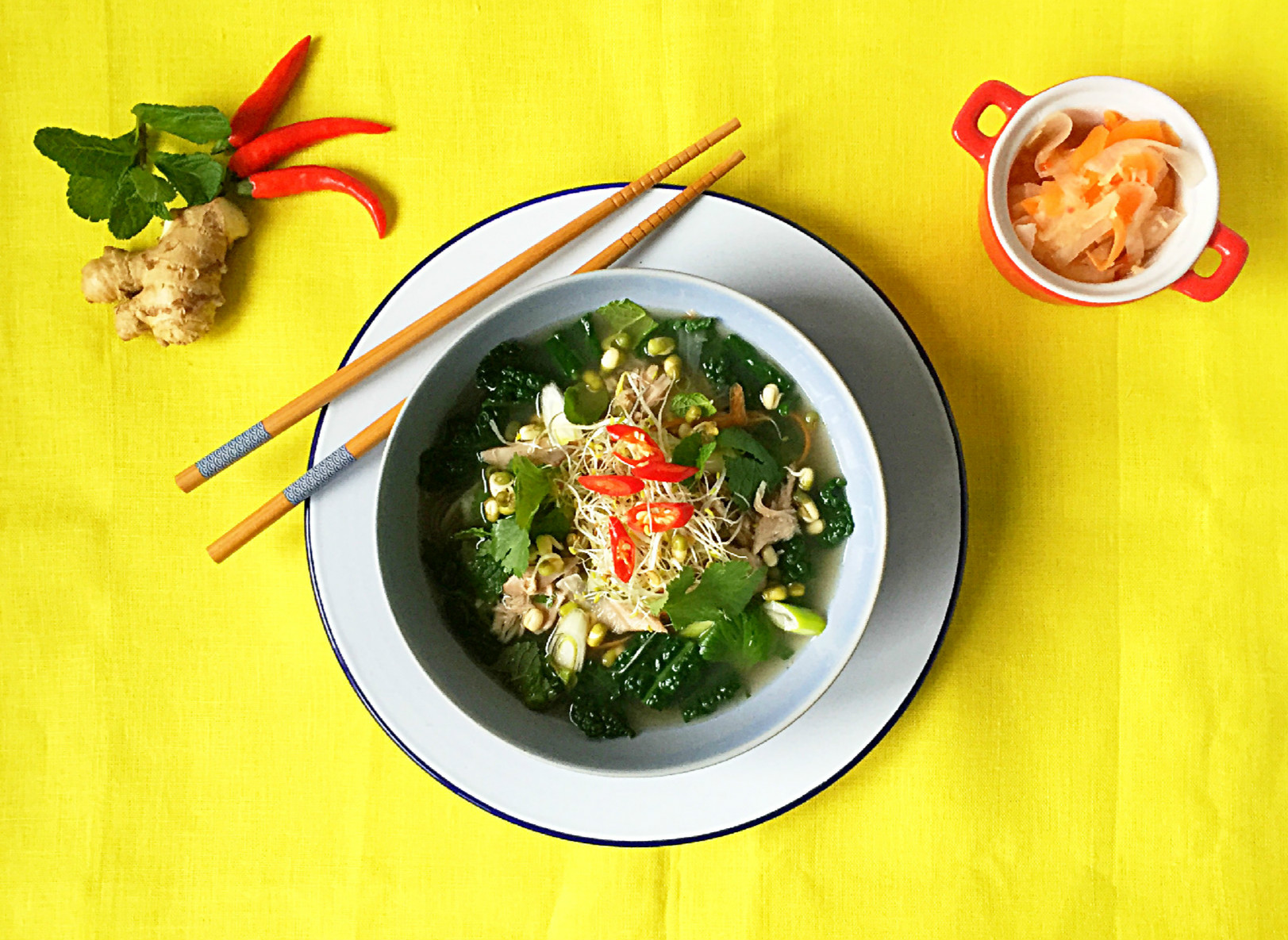
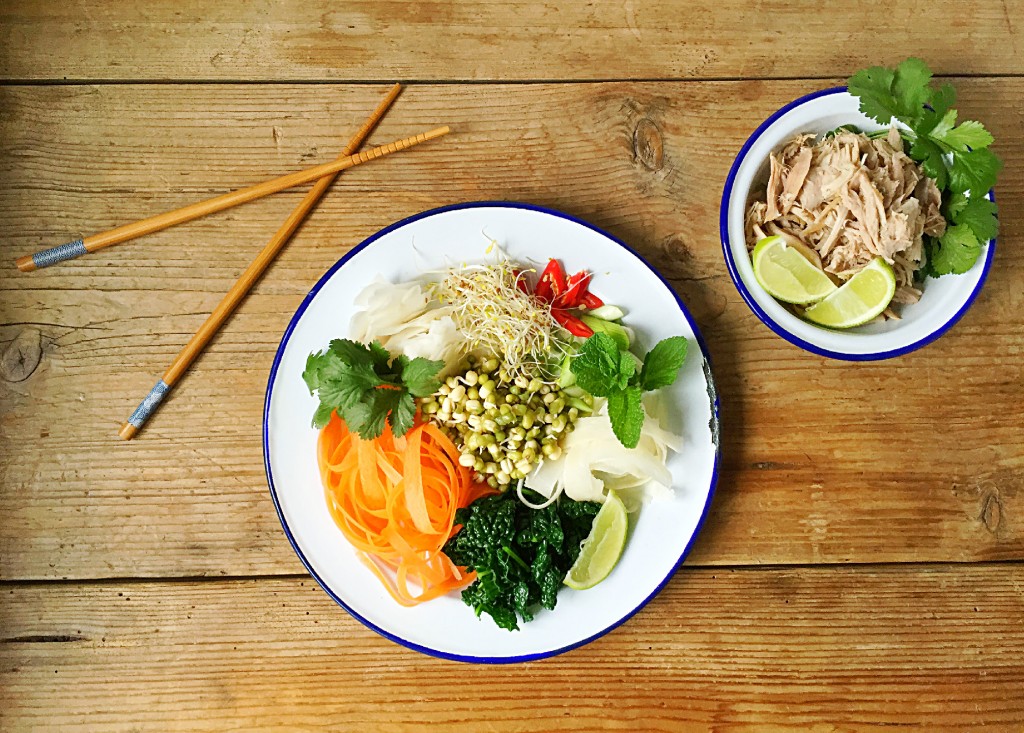 Chicken broth Pho – serves 2-3
Chicken broth Pho – serves 2-3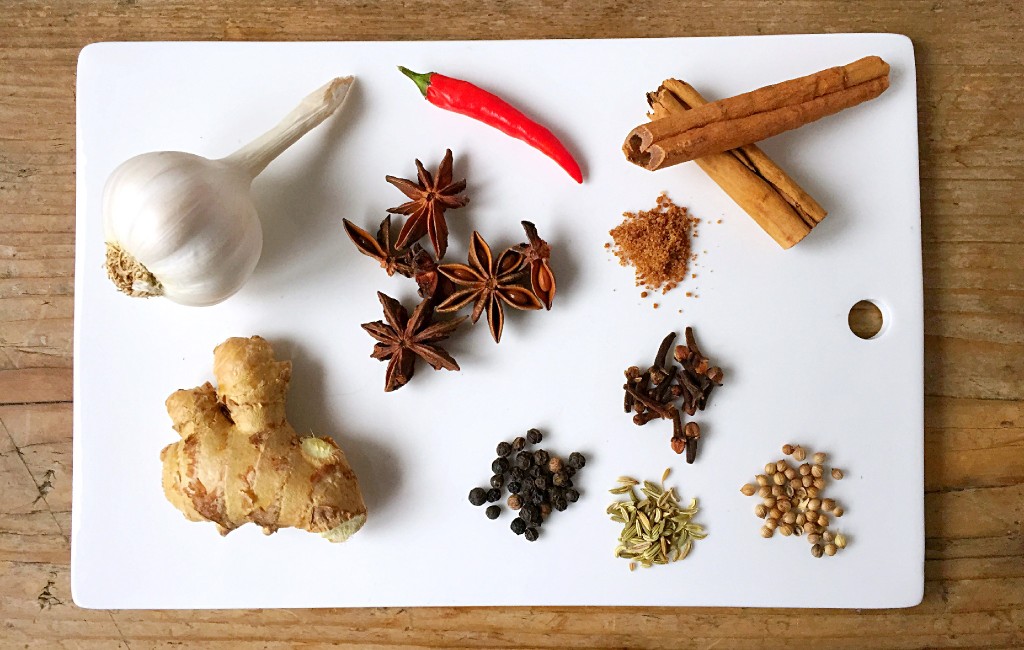 Garnish per person
Garnish per person